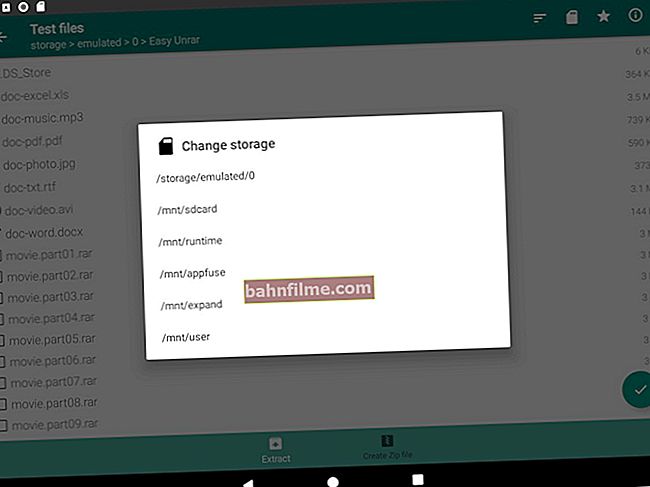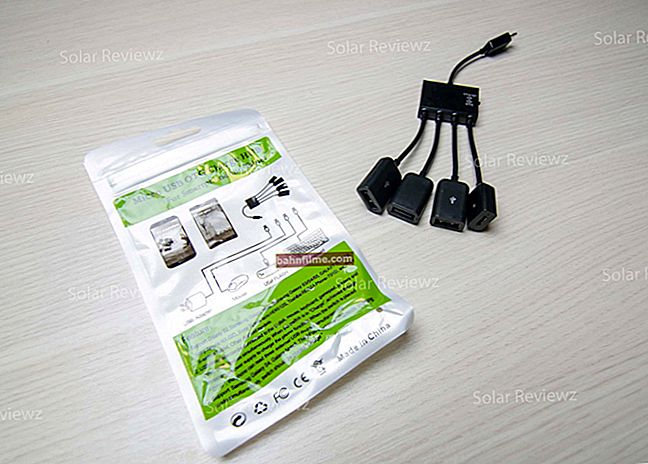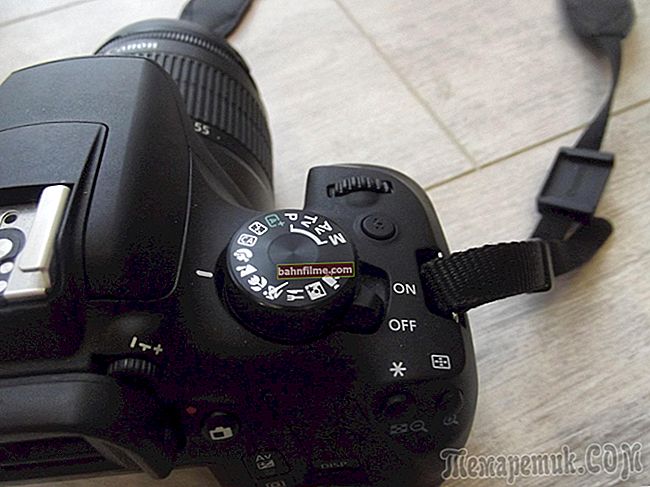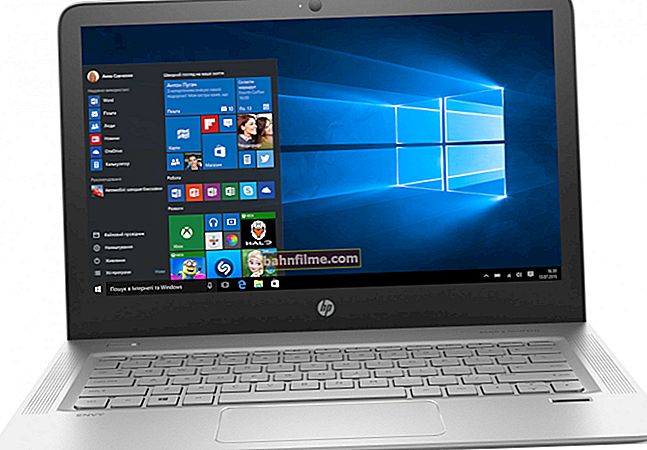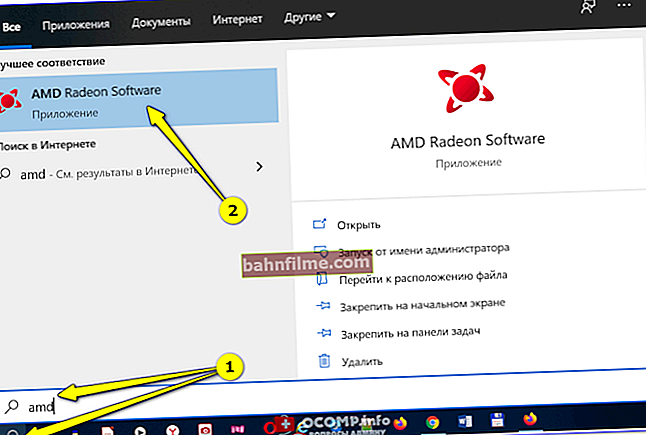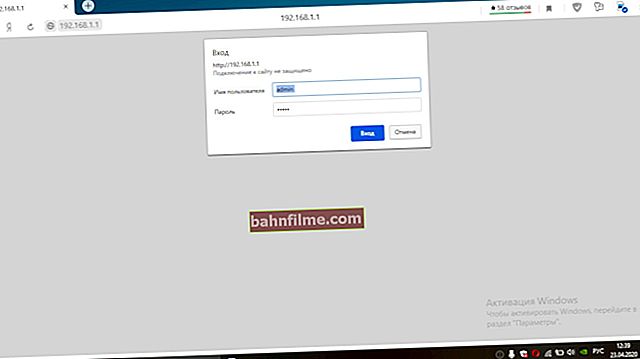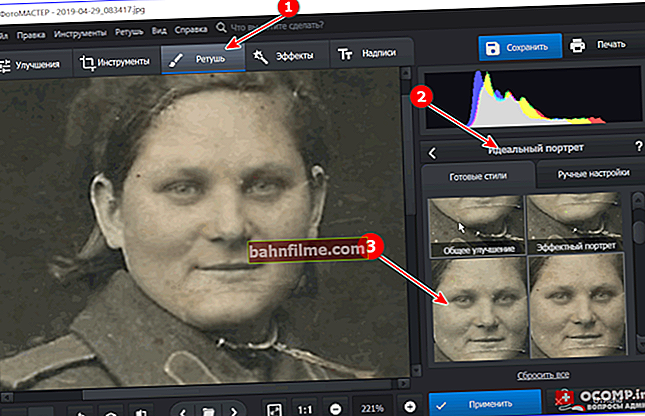
User question
Hello.
For the last month, I have been actively using my home laptop (since I can't get to a working PC  ). And I have some games on it slow down (but I'm not very surprised by this ...).
). And I have some games on it slow down (but I'm not very surprised by this ...).
The question is different: why can't I see the load on the video card in the task manager, how much percent does it work? (everything was displayed on the working PC). And in general, if it is not displayed there, are there any alternatives?
Hello.
For starters, it should be said that the task manager in Windows 10 displays the load on the video card if your OS is at least version 1709 and the video driver based on WDDM version 2.0 is used.
Below I will give several ways to solve the problem (it should be relevant for everyone who has encountered a similar question).
*
How to see how loaded the video card is
👉 Option 1
So...
First check your OS version (Combination: Win + R -> and command winver).
If it is below 1709 (in my example below - 1607) - then you need to 👉 update the system.

Windows 10 - version 1607
Next, by opening the Task Manager (Ctrl + Alt + Del), and going to the tab "Performance" - you can monitor in real time the percentage of the load on the video card, how much video memory is allocated, etc.
Note: Games can be run in parallel with the open Task Manager.

Task Manager - Graphics Card
*
👉 Option 2
There is such a utility as FPS Monitor (I talked about it in this article).
The essence of its work is simple: over the image with a running game, it will display numbers showing the load on the CPU and video card, their temperatures, the use of RAM, etc.

Operation of the FPS Monitor utility - a screenshot from the game WarCraft
This is very convenient and allows you to see all the numbers while you are playing (without minimizing the windows). In addition, when any value grows seriously, it starts to glow red and "catches" the eye in time.
Note (transcript):
- FPS - the number of frames displayed on the screen in 1 second;
- GPU - video card parameters;
- RAM - random access memory;
- NET - network;
- Core 1, 2 - CPU core.
*
👉 Option 3
There is one special. OCCT utility (link to official site), designed to test PC components. Among other things - in its arsenal there are functions for displaying the load on the system (processor, video card, RAM).
In the screenshot below, I have shown with arrows where you can find this information. 👇

Graphics Card Download - OCCT
Note: the utility does not need installation and configuration. After downloading it, you just need to start it. Conveniently?!
*
👉 To help!

1) How to increase FPS: ways from a gamer
2) How to overclock a video card: AMD, nVidia
*
That's all for this sim today ...
All the best!
👋

